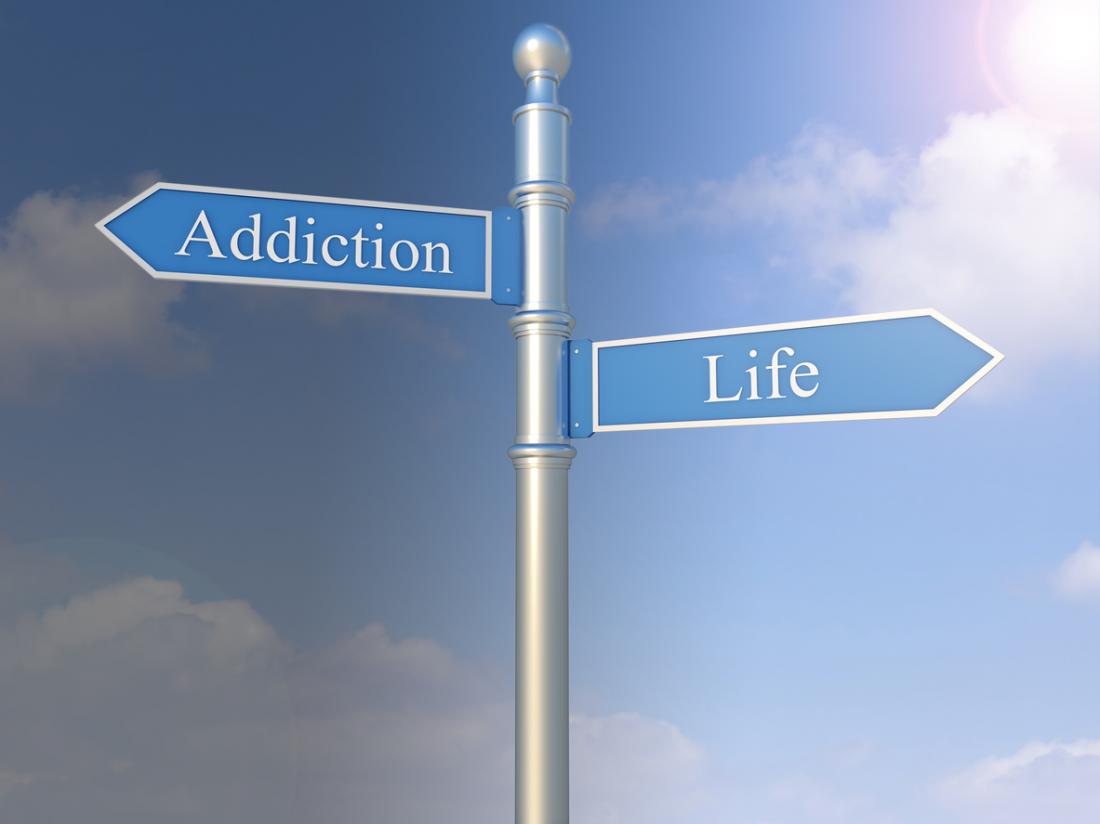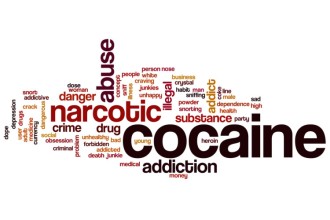Cocaine is a strong stimulant of the central nervous system, which increases the levels of neurotransmitter dopamine in brain centers that regulate pleasure and movement.
Under normal conditions, dopamine is released from the neurons in these centers in response to possible rewards (such as the smell of good food), and then recharged by the cell that released it.
Cocaine prevents the dopamine reuptake by the releasing cell, resulting in the accumulation of excessive amounts of dopamine at the junction or at points of attachment between the neurons. This strengthens the dopamine signal and eventually disrupts normal neuronal communication in the brain.
This increased concentration of dopamine causes a marked climb, a sense of euphoria and self-confidence as well as increased performance in specific psychomotor activities such as talkativeness and sexual stimulation. It also suppresses the feeling of hunger and the need for sleep.
However, the feeling of euphoria is soon followed by a state of discomfort, anxiety and irritability, a situation which soon leads to repeated use.
Tolerance develops rapidly and increasing doses are required to achieve the desired effect of the substance.
Tolerance develops rapidly and increasing doses are required to achieve the desired effect of the substance.
 Long-term cocaine use can have significant health effects such as:
Long-term cocaine use can have significant health effects such as:
- Chronic nasal discharge, nasal bleeding, perforation of nasal membranes and diaphragm, loss of sense of smell
- Anorexia and significant weight loss
- Sleep disorder
- Arrhythmias, hypertension, heart failure, cardiomyopathy, myocardial infarction
- Reduction of the ability to concentrate
- Reduction of sexual desire, impotence
- Anxiety
- Panic attacks
- Depression and suicidal ideation
- Psychosis
- Social problems due to violent and aggressive behavior
In the VERESIES Clinic, cocaine addiction treatment is proposed in both as an outpatient and an internal program with pharmacotherapy.
The intensive Atomic Psychological Detox Program "STEP WITH STEP" is also being implemented, as well as combating coexistence, i.e. the existence of addiction accompanied by a mental disorder.
The "STEP WITH STEP" program is a structured individual rehabilitation program that can be implemented at any stage of use and is based on logical-emotional and behavioral therapy.
The main aspects of the program include:
- Recognition and acceptance of the problem
- The relation of the individual to the substances and the behaviors of addiction
- The psychological condition of the patient - Psychometric tests.
- Psycho-education
- Existence, search for and reinforcement of incentives.
- Change of attitudes / believe in the phenomenon of use.
- Active involvement / design / implementation of behavioral changes in relation to use
- Delimitation in relations / spaces / time
- Targeting
- The problem of use and the family of the treated / co-dependent / allies.
- Prevent relapse
- Planning a social reintegration program.

